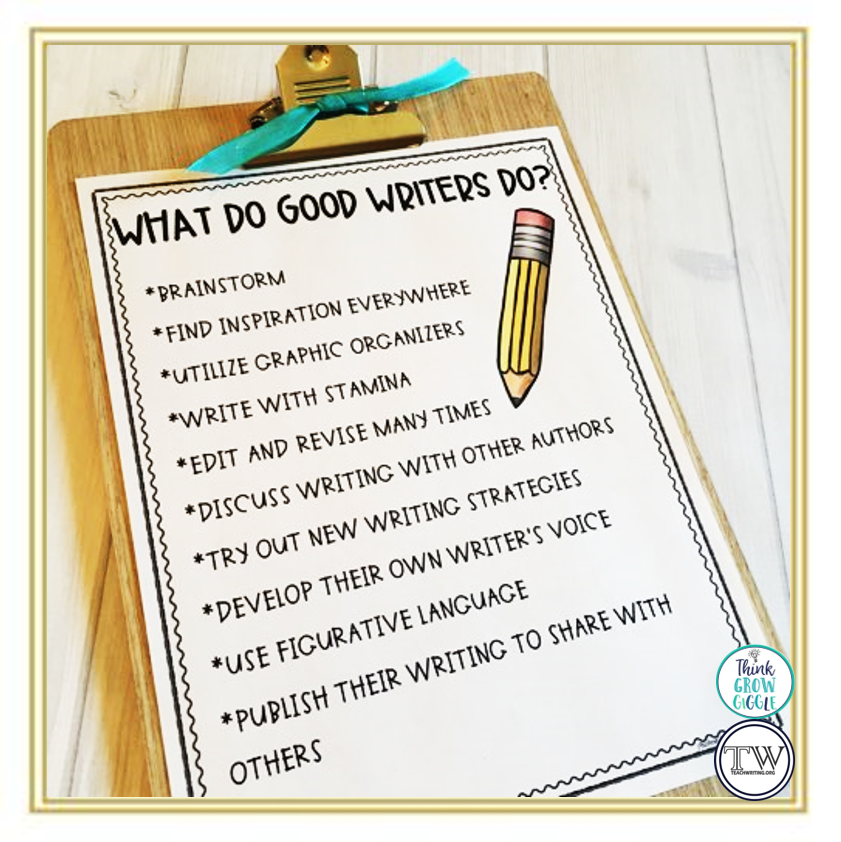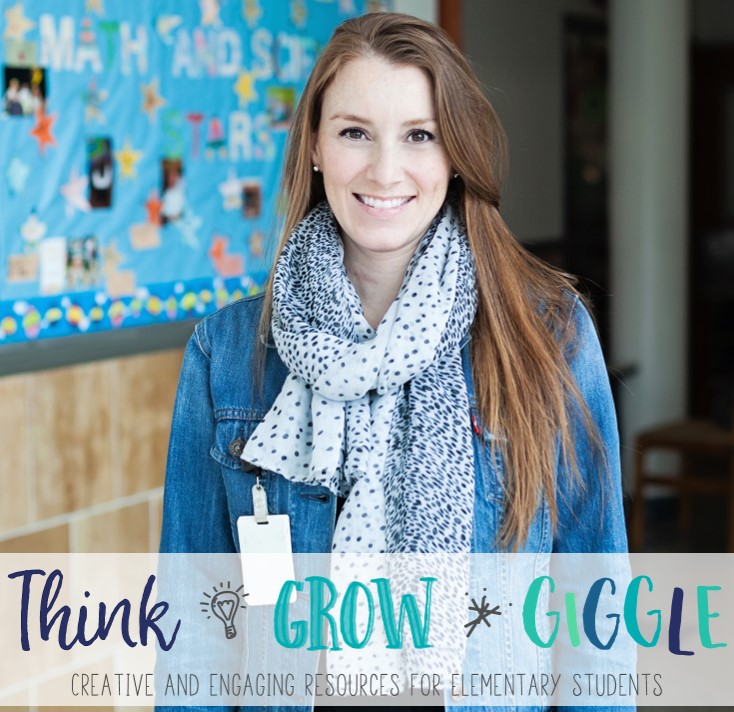3 Activities to Get to Know Your Students as Writers
There is nothing more exciting than getting to know your new students during the first few days and weeks of school! When I think about back to school lesson planning, I am always eager to create lessons that allow me to get to know my students on both personal and academic levels. Knowing your students’ interests, hobbies and experiences are especially important for writing teachers. Students succeed when they write about what they know about and what interests them. It is equally important for writing teachers to get to know new students as writers. The following activities are a great way to get to know your new batch of students on both levels.
Discuss Struggles that Writers Face
I love incorporating picture books into as many lessons across the curriculum as possible, especially during back to school season. Read alouds provide so many opportunities for discussions and meaningful discourse among the students. My favorite book to read during my first writing block is “Rocket Writes A Story” by Tad Hills. This book focuses on the main character who goes through different phases of the writing process from brainstorming ideas, to collecting meaningful words to finally writing his piece. The students always connect with the main character as he faces different struggles that all writers face. Discussion topics found in this book include how to become a better writer, what happens if you have writer’s block, finding inspiration for writing stories, and how to add juicy words to your writing. Following a read-aloud of this book and discussing these topics, I create an anchor chart with my students about “Struggles Writers Face”. First, we list the struggles that they have faced in the past, then we work together to brainstorm ways to fix them. This is a great anchor chart to leave up all year long as it will be helpful for the students each time you begin a new writing unit. These activities work great following the read-aloud of Rocket Writes A Story but can also be done without reading this book. (You can grab all the materials for this activity for FREE HERE)
Create Anchor Charts: What Do Good Writers Do?
After discussing the struggles that writers face, our next lesson is focused on what good writers do. Students are paired up and tasked with creating a list of what they think good writers do. I love this activity because it completely validates all of the writing skills and ideas that the students are coming to you with from previous years. I create a list of what I think good writers do ahead of time and do not share it with the students until the students have shared their ideas. After they have had time to brainstorm with their partner, we then we create an anchor chart together about what good writers do. The students’ ideas usually match my prewritten list of ideas, but if it doesn’t having a prewritten list ahead of time will help to you to include the key ideas you want students to know. Immediately following this activity and discussion, students are given time to create an illustration of themselves as writers. They are encouraged to draw themselves in their favorite spot to write, surrounded by all of their must-have writing tools. These finished products are perfect for your back to school writing bulletin board. Be sure to save these illustrations and add them to your students’ writing portfolios at the end of the school year! (You can grab all the materials for this activity for FREE HERE)
Collect Meaningful Writing Samples
It is so important to gather writing samples from your students during the first week of school. This does not mean that students have to sit and write to a timed prompt. What it does mean is to gather as many different writing samples as possible before you begin your first writing unit. This includes graphic organizers and student editing and revising checklists, too. All of these samples will help you to get to know your students as writers and allow you to be able to set meaningful writing goals for your students. The first writing unit that I teach is personal narrative writing, so the samples I collect are personal narrative writing. For this, I use three different writing topics at the start of the year. All three are designed to help me gather information about my students’ interests and writing abilities. The topics include summer outdoor fun, autumn adventures with friends and family, and trying new things. Three may sound like a lot, but they do not have to be long or timed. Students can work on one writing piece during a class writing period in their journals. Another prompt can be an ongoing writing assignment during morning work, and the last can be used any way you choose including center or station activities. Present these writing activities in a variety of ways so students are excited to complete them. Students can write short stories, create illustrations, or work with another student to write the pieces. It does not matter how these prompts are completed, the key is to collect as many samples of student writing as possible. If you do not have time to complete three different prompts, try presenting your students with three topics and allow them to select one topic for their writing sample. (You can grab the prompts and organizers that I use for FREE HERE)
When it comes to getting to know your students as writers at the beginning of the school year remember to get to know their interests, too. By doing so, you will easily build rapport, set writing goals, and help each and every child succeed as writers in your classroom.
Be sure to grab ALL of these FREE materials to teach these lessons HERE. It includes discussion questions for Rocket Writes a Story, What Do Good Writers Do anchor chart templates, I am an Author student sheet to display, Personal Narrative writing prompts, graphic organizers, and editing and revising checklist.
You might also be interested in:
Student Collaboration Strategies for Writing Workshop
6 Alternative Ways to Use Writing Prompts
About the Author
Jeanine has been teaching elementary students for 16 years, specifically third and fifth graders. When it comes to teaching, Jeanine includes her love of reading and writing into every lesson. She loves teaching writing and having the opportunity to bring out the author in each of her students. Jeanine holds a BA from Western Connecticut State University in American Studies and Elementary Education and an MA from Fairfield University in Educational Technology. In addition to being a certified elementary teacher, she is also a certified Reading Specialist for grades K-12. Living on the north shore of Long Island means that her free time is spent at the beach where she enjoys outdoor activities, reading, and spending time with her husband and three children.





